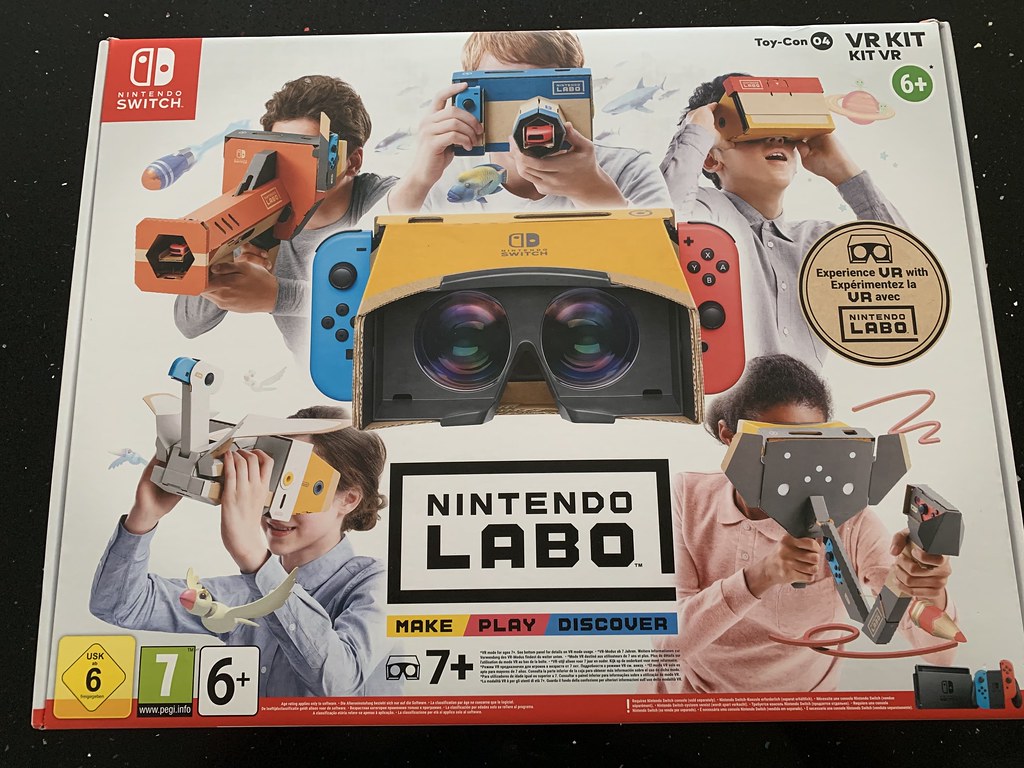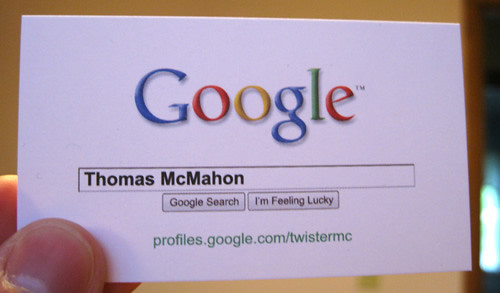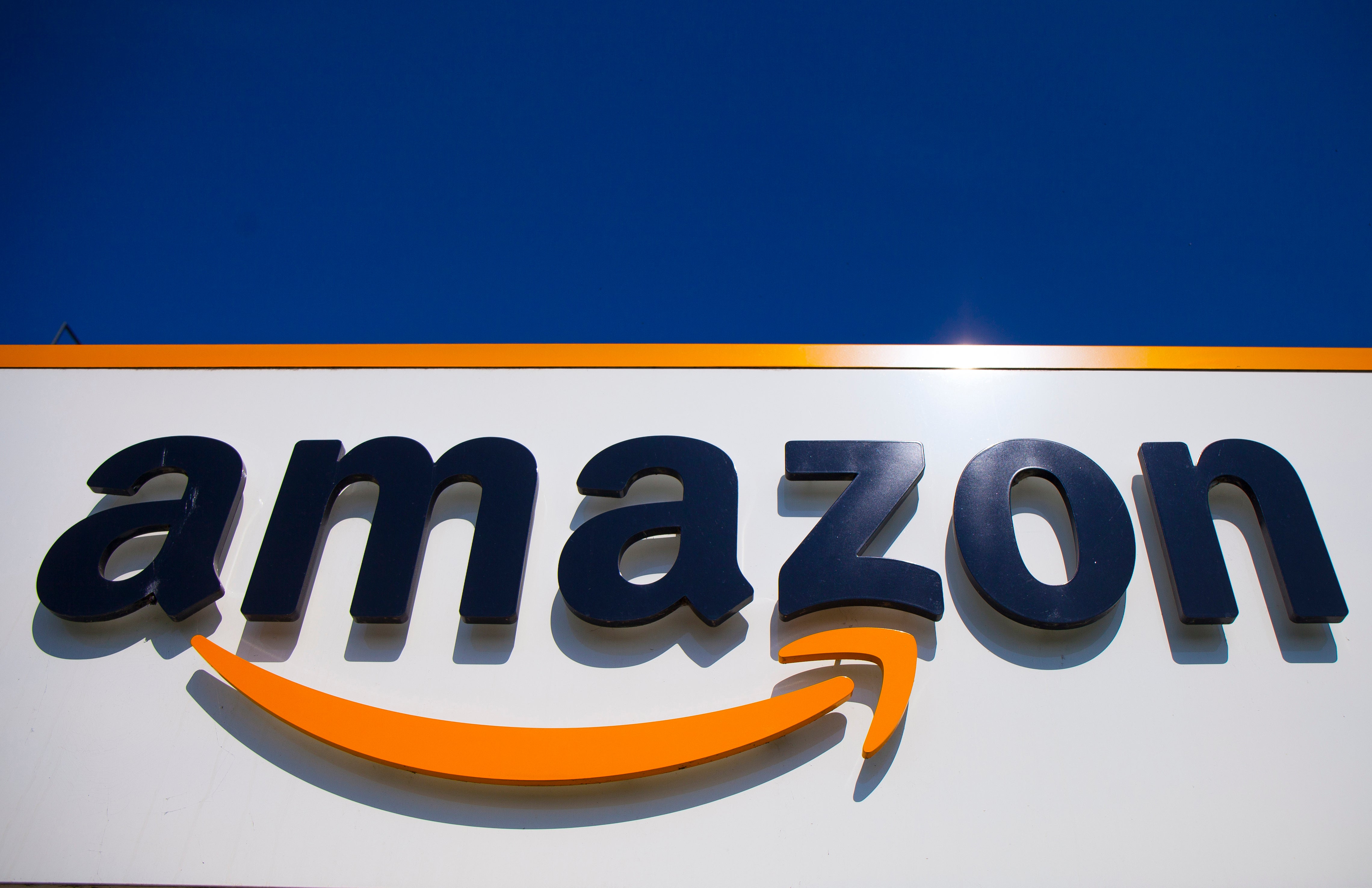
Ever notice how some gadgets vanish faster than your phone battery at a music festival? Even with monster marketing budgets and genius engineers, tech products can face-plant spectacularly. These product fails aren’t just corporate embarrassments – they’re treasure maps to what works and what bombs in the tech universe. Like that plot twist in The Sixth Sense, examining these failures reveals insights hiding in plain sight the whole time.
The real value comes from pattern recognition. When Amazon, Google, and Netflix – companies worth trillions combined – make rookie mistakes, it’s worth paying attention. Consumer reaction shapes not just product success but the entire trajectory of innovation. Just as directors study box office bombs to avoid similar mistakes, tech companies can learn more from these magnificent disasters than from safe, incremental wins. This isn’t just about pointing fingers; it’s about dissecting the moments when ambition clashed with reality, offering a candid look at why even the biggest names sometimes miss the mark entirely.
In this deep dive, we’re pulling back the curtain on some of the most notably ill-conceived consumer products of the last half-decade. We’ll be serving up a sharp, critical analysis of design flaws, market misjudgments, and user experience issues that turned promising innovations into cautionary tales. Get ready to unpack the blunders that shaped, or rather, reshaped, the competitive landscape, providing invaluable lessons for anyone navigating the fast-paced world of tech and product design.

1. **LG G8 ThinQ (2019)**LG’s flagship smartphone, the G8 ThinQ, arrived on the scene in 2019 boasting innovative features designed to set it apart in a fiercely competitive market. Its headline acts included “Hand ID” and “Air Motion gestures,” ambitious attempts to redefine user interaction without physical touch. The premise was intriguing: unlocking your phone with the veins in your hand or controlling apps with mid-air gestures, a concept that sounded straight out of a sci-fi flick.
However, the reality of these features fell far short of their futuristic promise. Consumers quickly found Hand ID to be less reliable than traditional biometric methods, often requiring multiple attempts or specific lighting conditions. Air Motion, while visually impressive in demos, was widely perceived as “gimmicky rather than practical.” It added a layer of unnecessary complexity to simple tasks, failing to provide any tangible improvement over established touch interfaces. This disconnect between innovation and utility proved to be a critical misstep.
Beyond these novel, yet ultimately flawed, features, the G8 ThinQ struggled to carve out a distinct identity. Its overall design and specifications offered little to truly differentiate it from a crowded field of competitors. Many rivals were delivering “similar or superior performance at a lower price point,” leaving LG’s offering looking comparatively overpriced and under-specced. The phone simply failed to justify its premium cost in a market where consumers are increasingly savvy about value.
The lack of a compelling value proposition was further exacerbated by LG’s marketing efforts, which “struggled to effectively communicate the device’s value proposition.” Without clear messaging to highlight genuine benefits over the novelty, the G8 ThinQ failed to capture consumer imagination, leading to “lackluster sales and market penetration.” Its failure stands as a stark reminder of the challenges of competing in the highly competitive smartphone market without delivering either compelling innovation or demonstrable value to consumers. It’s a classic case of tech for tech’s sake, rather than tech for the user’s sake.

2. **LG Rollable Smartphone (2021)**In a spectacle of forward-thinking design, LG unveiled its rollable smartphone prototype at CES 2021, generating considerable buzz. The device promised an “innovative form factor and potential to redefine mobile device design,” captivating audiences with its ability to expand its screen from a conventional smartphone size into a larger tablet-like display. It was a vision of mobile flexibility, a physical manifestation of adaptability that truly impressed those who saw it.
This concept, poised to offer users a “unique and flexible display experience,” garnered significant praise for its “forward-thinking design and engineering.” It signaled LG’s continued ambition to be a leader in mobile innovation, even as its smartphone division faced mounting pressures. The rollable design was a bold statement, demonstrating a willingness to experiment with fundamental mobile form factors, pushing beyond the conventional slab design that dominates the market.
However, the dream of a commercially available LG rollable phone was abruptly shattered by LG’s “sudden announcement of its decision to exit the smartphone market.” This strategic pivot, a consequence of years of financial losses in its mobile division, meant the “cancellation of the rollable smartphone’s commercial production.” The news hit with a palpable sense of disappointment for both consumers who had eagerly awaited its release and industry observers who saw its potential.
The demise of the rollable smartphone project underscored the immense “challenges of executing ambitious projects in rapidly evolving markets,” especially for companies grappling with broader strategic realignments. While the device itself was a triumph of engineering and design concept, its ultimate failure highlights that even the most innovative prototypes are vulnerable to corporate decisions driven by market realities and financial sustainability. It was a brilliant concept undone not by its own technical flaws, but by the business landscape around it.
Read more about: The Digital Hypnosis: How Social Media Algorithms Are Secretly Rewiring Your Brain for Compulsive Consumption

3. **Sony Xperia 1 (2019)**Sony’s Xperia 1 made its debut in 2019, positioned as a premium smartphone designed for media consumption, specifically touting a “cinematic viewing experience.” With its unique 21:9 aspect ratio display and a focus on camera capabilities, it aimed to attract enthusiasts and professionals alike. Sony leveraged its reputation for quality and innovation in consumer electronics, hoping to translate that prowess into a compelling smartphone offering.
Yet, despite its premium aspirations, the Xperia 1 “failed to gain traction among consumers due to several shortcomings.” The device’s camera performance, a crucial differentiator for flagship phones, was perceived as “lackluster compared to competitors in the same price range.” In an era where smartphone photography is paramount, falling behind rivals meant a significant disadvantage, especially for a brand often associated with cutting-edge imaging technology.
The Xperia 1 also suffered from practical design issues. Its “tall and narrow form factor,” while ideal for cinematic content, made it “less comfortable to hold and operate compared to other smartphones.” This ergonomic oversight created friction in daily use, a critical flaw for a device meant to be an extension of its user. Comfort and usability often trump niche advantages in the broader consumer market, and Sony seemingly overlooked this fundamental principle.
Compounding these challenges was the phone’s “limited availability through select carriers and retailers,” which “restricted its reach to potential buyers.” Even if consumers were interested, finding and purchasing the device proved difficult. Ultimately, despite Sony’s legacy, the Xperia 1 “failed to attract consumers looking for a flagship smartphone with a compelling value proposition,” leading to “disappointing sales and market performance.” It serves as a reminder that premium features alone aren’t enough if the overall user experience and market strategy aren’t equally refined.

4. **Uber Jump Electric Bikes (2019)**Uber Technologies, Inc. (NYSE:UBER)’s venture into electric bike-sharing through its Jump brand represented an ambitious push into multimodal urban transportation in 2019. The service promised a “convenient and eco-friendly mode of transportation,” aligning with the growing demand for sustainable and flexible mobility solutions in bustling city environments. It seemed like a natural extension for a company synonymous with disrupting traditional transport.
However, the path to widespread adoption for Jump bikes was riddled with “numerous challenges that hindered its success.” Regulatory hurdles proved to be a significant headache, with “permitting requirements and restrictions on where bikes could be parked, varied across different cities.” This fragmented regulatory landscape led to “operational complexities and limited availability in certain areas,” creating an inconsistent and often frustrating experience for users and operators alike.
Beyond the red tape, tangible issues plagued the fleet itself. “Vandalism and theft of Jump bikes posed significant financial burdens for Uber Technologies, Inc. (NYSE:UBER),” necessitating “constant maintenance and replacement efforts.” These external factors, often beyond Uber’s direct control, drained resources and undercut the economic viability of the service. Operating a fleet of shared vehicles in urban settings comes with unique liabilities that Uber seemed to consistently underestimate.
“Operational challenges such as battery management and bike redistribution further strained the viability of the service.” Ensuring a sufficient number of charged bikes were available in high-demand areas, while strategically moving underutilized ones, became a logistical nightmare. Despite initial enthusiasm for electric bike-sharing as a sustainable solution, Uber Technologies, Inc. (NYSE:UBER)’s struggles with Jump bikes vividly illustrated the “complexities of implementing urban mobility initiatives amidst regulatory hurdles and operational challenges.” It was a classic case of a good idea meeting the brutal reality of urban infrastructure and human behavior.

5. **Nintendo Labo (2018-2019)**Nintendo, often celebrated for its innovative spirit and quirky experiences, sought to redefine interactive play with Nintendo Labo. Launched between 2018 and 2019, this concept fused do-it-yourself (DIY) cardboard accessories with the Nintendo Switch’s digital capabilities, promising a fresh, tactile gaming experience. With multiple kits, from pianos to robot suits, Labo initially captured imaginations, sparking considerable excitement among gamers and families. This bold move, bridging physical and digital worlds, was quintessential Nintendo.
However, the ingenious cardboard construction, while charming, quickly became a double-edged sword. Its inherent novelty, a core selling point, wore thin surprisingly fast. The “limited replay value” of these intricate creations became apparent after the initial build and play cycle. Many users found little reason to revisit their Toy-Cons. This rapid erosion of interest after launch meant many Labo kits, after a brief moment of glory, gathered dust, undercutting its long-term viability.
A significant hurdle was the product’s “high price point relative to its perceived value.” For what amounted to elaborate cardboard cutouts bundled with software, the cost was a substantial barrier. This financial pressure meant that despite offering unique experiences, Labo struggled to maintain initial sales momentum. It became a classic case of innovation outstripping the market’s willingness to pay a premium for a fleeting experience.
Further cementing its fate was the absence of “ongoing support and updates for new Labo kits.” In a gaming world defined by continuous content, Labo’s ecosystem felt stagnant. New kits or deeper integrations were infrequent, leading to a perception of it being a one-off experiment. This lack of fresh content further limited its appeal. Ultimately, Labo, for all its creative brilliance, underscored the challenge of introducing new gaming concepts without addressing long-term user engagement and clear, enduring value in a competitive market.

6. **Segway PT (Personal Transporter) (2001-2020)**In the early 2000s, the Segway PT was heralded as a revolutionary leap in personal transportation. Its self-balancing technology and futuristic design promised to transform urban movement. Initial hype, fueled by secrecy, painted a vivid picture of cities humming with these elegant, silent transporters. It truly made one believe in a new era of personal mobility.
Yet, despite its grand vision and technological prowess, the Segway struggled immensely. Its “high price tag” instantly positioned it as an exclusive luxury item, limiting adoption beyond “niche markets, such as tourism and security.” For the average commuter, the investment couldn’t be justified, regardless of its innovative features. It remained an intriguing curiosity, not a widespread solution.
“Concerns over safety and regulatory restrictions” further hampered widespread integration. Cities grappled with classification, leading to bans or severe operating restrictions. This regulatory patchwork, coupled with public apprehension about navigating busy streets, ensured it remained a peculiar sight. It failed to become a practical daily commuter solution.
Even with attempts to diversify and appeal to new segments, the Segway PT couldn’t shake its “image as a novelty or luxury item.” It became less about utility, more about a quirky experience for the affluent. It symbolized early 2000s tech optimism: impressive in theory, impractical in reality. Its eventual “discontinuation in 2020” marked a quiet end to a hyped icon. This saga offers a powerful lesson: groundbreaking tech demands widespread utility, accessibility, and an unencumbered path to market to truly succeed.

7. **Google+ (2011-2019)**Alphabet Inc.’s Google+ was an ambitious, though ultimately ill-fated, attempt to conquer the social networking landscape. Launched in 2011, it boldly aimed to challenge Facebook’s dominance. Google+ arrived with features like “Circles for personalized sharing” and “Hangouts for group video calls.” Leveraging Google’s vast ecosystem, it initially attracted a significant user base, seemingly poised as a real contender.
However, fundamental flaws quickly emerged, severely hobbling its user retention. A primary friction point was its “complex user interface,” proving unintuitive for many. This complexity, coupled with clunky “integration issues with other Google services” that often felt forced, created frustration. Using Google+ often felt like a chore, contrasting sharply with rivals’ effortless scrolling.
Crucially, Google+ continually grappled with a “lack of killer features compared to existing social networks.” Its offerings were competent, but rarely provided a compelling reason for users to abandon established platforms. This struggle with identity and differentiation severely “hampered its growth,” preventing it from building a loyal, active community. Why switch when your existing platform already does everything Google+ offers, often with greater simplicity and a larger network?
The platform’s shaky reputation took a devastating hit with “security breaches, including one in 2018 that exposed users’ private data.” Such incidents are catastrophic for any social network, as trust and privacy are paramount. This breach not only damaged user confidence but accelerated its demise. Despite “efforts to revitalize it,” Alphabet Inc. conceded defeat, announcing its “closure in 2019,” citing “low user engagement.” It reminds us that even tech titans stumble when forcing a product into a saturated market where user experience and trust are compromised.

8. **Amazon Slavery Merchandise**In the colossal digital bazaar that is Amazon, where millions of products are listed daily, the sheer scale presents a profound challenge to effective oversight. This was horrifically illustrated in January 2018 when “third-party sellers listed items with the phrase ‘slavery gets stuff done’.” These offensive products, alarmingly ranging “from mugs to children’s clothing,” triggered a justifiable “hurricane of criticism.” It was a horrifying testament to what happens when automated systems fail in morally critical contexts.
This incident laid bare a “spectacular failure of content moderation,” demonstrating how “automated systems without human ethical checks can create massive brand damage in record time.” Algorithms, designed for efficiency, proved utterly blind to the morally reprehensible nature of these items. Like a compromised security system, “automated filters have blind spots that humans need to cover,” a critical failing Amazon publicly learned. The sheer volume of content meant human review, if present, was clearly insufficient.
The scandal highlighted the perilous “dark side of marketplace scale.” While automation enables exponential growth, it also exponentially increases the risk of harmful content slipping through. Amazon swiftly “pulled the offensive merchandise” amid public outcry, but “serious reputational damage occurred” nonetheless. The incident sparked debate about platform responsibility for third-party content. For tech platforms balancing expansion with responsibility, this case unequivocally emphasized “why ethical guardrails must scale alongside technical infrastructure.” It’s a sobering reminder that algorithms can never fully replace human judgment and moral compass.
Read more about: 15 Game-Changing Stars Who Are Seriously Using Their Social Media for Good (And How They Do It!)

9. **H&M Coolest Monkey Hoodie**Cultural awareness is a critical, non-negotiable component of successful product design and marketing, a lesson H&M learned the hard way in 2018. The global retailer faced international controversy after featuring a black child model wearing a hoodie emblazoned with “coolest monkey in the jungle.” The image, a profound oversight internally, immediately ignited a global firestorm of outrage, demonstrating a stark lack of cultural sensitivity.
The “backlash hit with the speed and force of a viral tweet,” proving “immediate, massive, and impossible to contain.” Consumers swiftly organized widespread boycotts. Prominent figures like “The Weeknd terminated their brand partnerships” with H&M in protest. This was more than a marketing misstep; it was a profound cultural misjudgment, drawing comparisons to deeply rooted racial stereotypes. The incident became a textbook example of how a small error can cause monumental damage in a socially conscious world.
This colossal mishap unequivocally “reveals how absent diversity in decision-making leads to catastrophic blindspots.” Without a broad range of perspectives during design and marketing reviews, insensitive material slips through. Just as “tech interfaces need diverse testers,” marketing materials demand “multiple perspectives before reaching the public.” The lack of diverse input within H&M led directly to a devastating failure of empathy, understanding, and brand responsibility.
H&M eventually issued a public apology and swiftly “pulled the product,” but “the damage was done.” In our digitally saturated era, “screenshots live forever,” meaning offensive content cannot be simply “recalled like faulty hardware.” This indelible digital footprint serves as a permanent stain on a brand’s image, a harsh “lesson every company with a digital presence should internalize.” It’s a stark illustration of how cultural competency and rigorous ethical review are non-negotiable imperatives for modern commerce.
So there you have it: a critical dissection of some truly spectacular product design failures from the recent past. It’s far too easy to play Monday morning quarterback, pointing fingers and identifying scapegoats. But the real value isn’t in mere observation; it’s in recognizing that even the most brilliant concepts, executed by talented teams and backed by vast resources, can crash and burn. This occurs when fundamental aspects like market fit, user experience, ethical oversight, or cultural sensitivity are overlooked. These aren’t just isolated incidents; they’re symptomatic of deeper systemic issues.
These magnificent disasters offer a stark, invaluable education. They teach us that innovation without empathy is often just tech for tech’s sake, destined for the digital graveyard. They highlight that a dazzling feature means nothing if it’s inconvenient, solves a problem nobody has, or, worse yet, offends your audience. Even the biggest names in tech and retail, with their endless resources and supposed foresight, have repeatedly demonstrated that no one is immune. Their failures serve as powerful cautionary tales for everyone in the product development pipeline.
Perhaps the most crucial takeaway is the absolute necessity of a robust, agile system for swift review and feedback. This needs to come not just from internal teams but from diverse external perspectives, before any product hits the public eye. Integrating modern, collaborative tools and fostering transparent communication can help catch fatal flaws early, saving companies from embarrassment, financial ruin, and irreparable reputational damage. Ultimately, by dissecting these missteps, we hope to empower the next wave of engineers and designers to build products that not only innovate but also resonate meaningfully, responsibly, and successfully with the complex, diverse world we inhabit.




